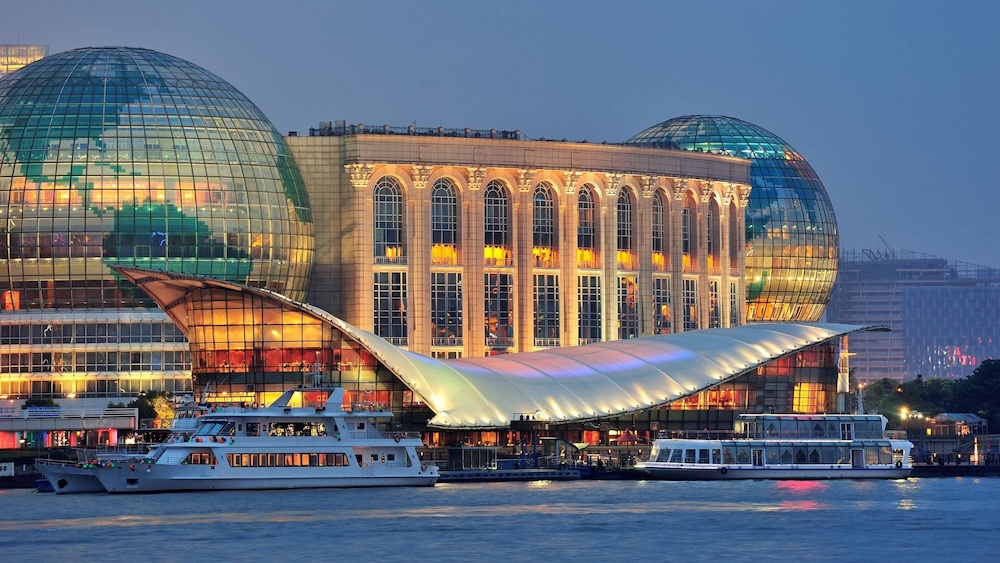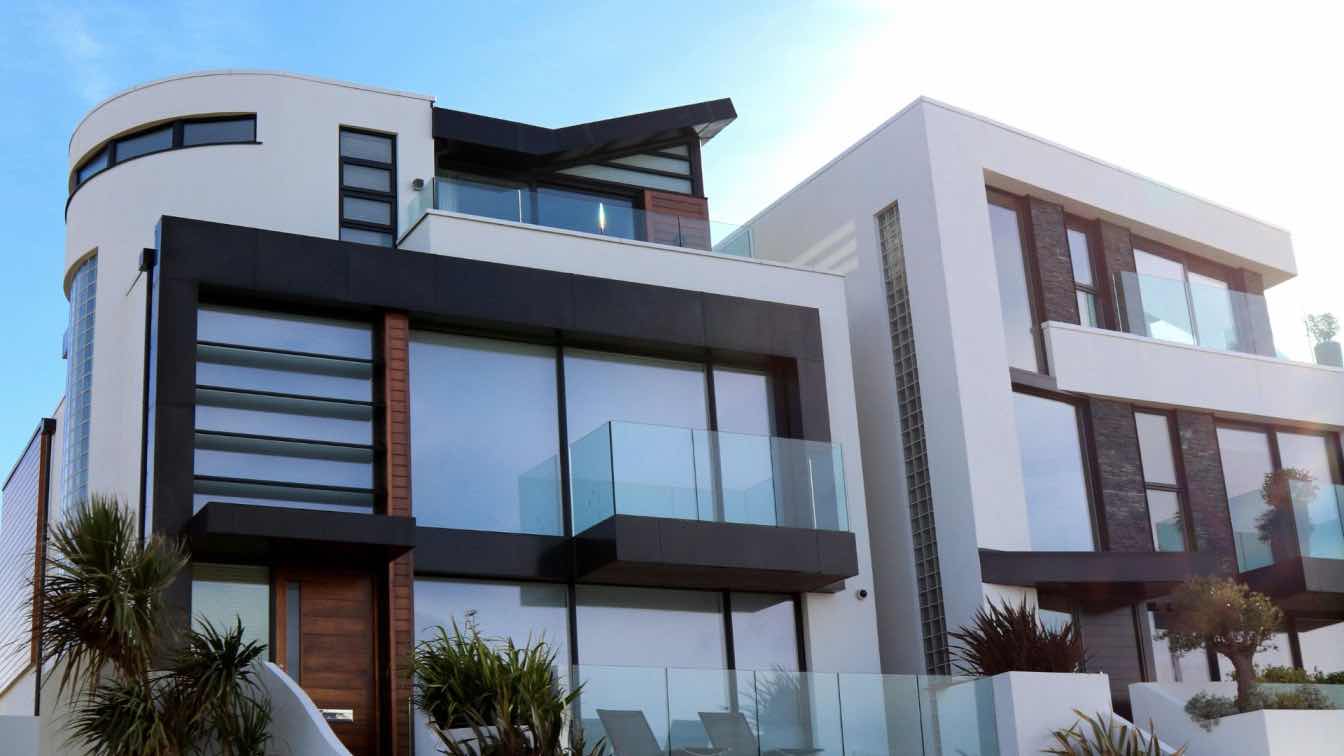Contemporary architecture is a vibrant reflection of the world's diverse cultures, with each society leaving an indelible mark on the structures that shape its landscape. Architects draw inspiration from a rich tapestry of traditions, beliefs, and historical contexts in the modern era, synthesizing the old and new. This article explores the fascinating interplay between different cultures and contemporary architectural design, shedding light on how global diversity is manifest in the built environment.
Historical Roots
To understand the cultural influences on contemporary architecture, one must delve into the historical roots that have shaped design philosophies over centuries. Various architectural styles have evolved from cultural practices, religious beliefs, and socio-economic conditions unique to different regions. For example, European Gothic architecture reflects medieval Christian ideologies, while traditional Japanese architecture draws inspiration from the country's Shinto and Buddhist traditions.
Fusion of Tradition and Modernity
Contemporary architects often engage in a delicate dance between tradition and modernity, seeking to honor cultural roots while embracing the demands of the present and future. The fusion of old and new is evident in projects worldwide. Take, for instance, the blending of Islamic and modern architecture in the King Abdulaziz Center for World Culture in Saudi Arabia. The structure seamlessly integrates traditional geometric patterns with contemporary design elements, symbolizing a harmonious coexistence of the past and present.
Influence of Casino Architecture
One intriguing facet of contemporary architecture influenced by culture is found in the design of casinos. Often associated with luxury and opulence, casinos showcase a unique blend of architectural styles that draw inspiration from various cultural motifs. From the grandeur of Las Vegas to the elegance of Monaco, casino architecture reflects the cultural identity of its location. For instance, the Marina Bay Sands in Singapore combines modern design elements with nods to Asian cultural symbolism, featuring a rooftop shaped like a lotus flower. The interiors of casinos also integrate cultural themes through decor, lighting, and artistic elements, providing visitors with an immersive experience that resonates with the cultural ambiance of the region. Although casinos are beautiful they can tend to break the bank, that’s where $1 Deposit Casinos come in as you can get a great experience with all the thrills that come with casinos without ruining your budget.
Cultural Context in Materials and Form
Cultural contexts deeply influence materials and forms used in contemporary architecture. In India, for instance, architects often incorporate traditional materials like wood, stone, and mud in modern designs, emphasizing a connection to the country's rich architectural heritage. Similarly, using Feng Shui principles in Chinese architecture demonstrates how cultural beliefs about energy flow and harmony impact building layouts and orientations.
Indigenous Architecture
Contemporary architects increasingly turn to indigenous architecture for inspiration, recognizing the sustainable practices and deep cultural significance embedded in traditional designs. Incorporating local materials, construction techniques, and spatial arrangements from indigenous cultures pays homage to heritage and addresses environmental and social sustainability concerns. This trend is evident in projects like the Tierra Patagonia Hotel in Chile, which seamlessly blend into the natural landscape and draw inspiration from the traditional dwellings of the region's indigenous people.
Urban Planning and Cultural Identity
The cultural influences on contemporary architecture extend beyond individual structures to urban planning and cityscapes. Cities worldwide showcase myriad approaches to urban design influenced by cultural identity. For example, Barcelona's grid-based Eixample district reflects the city's Catalonian heritage, while the intricate maze-like streets of the historic Medina in Marrakech, Morocco, embody the essence of Islamic urban planning.
Technological Advances and Cultural Adaptation
Advancements in technology have not only facilitated new architectural possibilities but have also allowed for a more nuanced integration of cultural elements. Digital fabrication and 3D printing enable architects to recreate intricate cultural motifs and designs precisely. The use of parametric design, inspired by mathematical patterns found in Islamic art, showcases how technology can be harnessed to reinterpret and adapt cultural aesthetics in contemporary architecture.
Globalization and Cross-Cultural Influences
In an increasingly interconnected world, architects are exposed to many global influences that shape their design perspectives. Globalization has led to the cross-pollination of ideas, resulting in a fusion of diverse cultural elements in architectural projects. This intermingling is evident in projects like the Louvre Abu Dhabi, which combines Islamic architecture with a contemporary design approach, creating a cultural bridge between East and West.
Contemporary architecture is a testament to the rich interplay between cultures, traditions, and the ever-evolving global landscape. Architects today navigate a complex terrain where the past informs the present, and cultural diversity is celebrated in the design process. The fusion of tradition and modernity, the incorporation of indigenous wisdom, and the impact of technology all contribute to a dynamic and diverse architectural realm. As we continue to build our future, the cultural influences on contemporary architecture serve as a source of inspiration, reminding us that the beauty of our built environment lies in its cultural tapestry.
FAQ - Cultural Influences on Contemporary Architecture
How do architects balance cultural influences with modern design?
Architects navigate the delicate balance between tradition and modernity by integrating cultural elements into contemporary designs. This involves a thoughtful fusion of historical context, indigenous materials, and traditional aesthetics with innovative construction techniques and modern functionality.
Can you provide an example of a project that successfully incorporates indigenous architecture into its design?
The Tierra Patagonia Hotel in Chile is an excellent example. It seamlessly blends into the natural landscape, drawing inspiration from the traditional dwellings of the region's indigenous people. The use of local materials, sustainable construction practices, and the incorporation of cultural motifs make it a harmonious integration of indigenous architecture into a contemporary setting.
How does technology play a role in adapting cultural elements in contemporary architecture?
Technology, such as digital fabrication and 3D printing, allows architects to recreate intricate cultural motifs with precision. Additionally, parametric design, influenced by mathematical patterns found in various cultures, showcases how technology can be harnessed to reinterpret and adapt cultural aesthetics in contemporary architecture, leading to innovative and culturally rich designs.
How does urban planning reflect cultural identity in contemporary architecture?
Urban planning often serves as a canvas for expressing cultural identity. Cities like Barcelona and Marrakech exhibit unique urban designs that reflect their respective cultural heritages. Barcelona's Eixample district showcases Catalonian influences through its grid-based layout, while Marrakech's historic Medina embodies the intricate and maze-like streets of Islamic urban planning.
These frequently asked questions provide additional insights into the complex relationship between culture and contemporary architecture, shedding light on the diverse ways in which architects navigate and integrate cultural influences in their designs.





